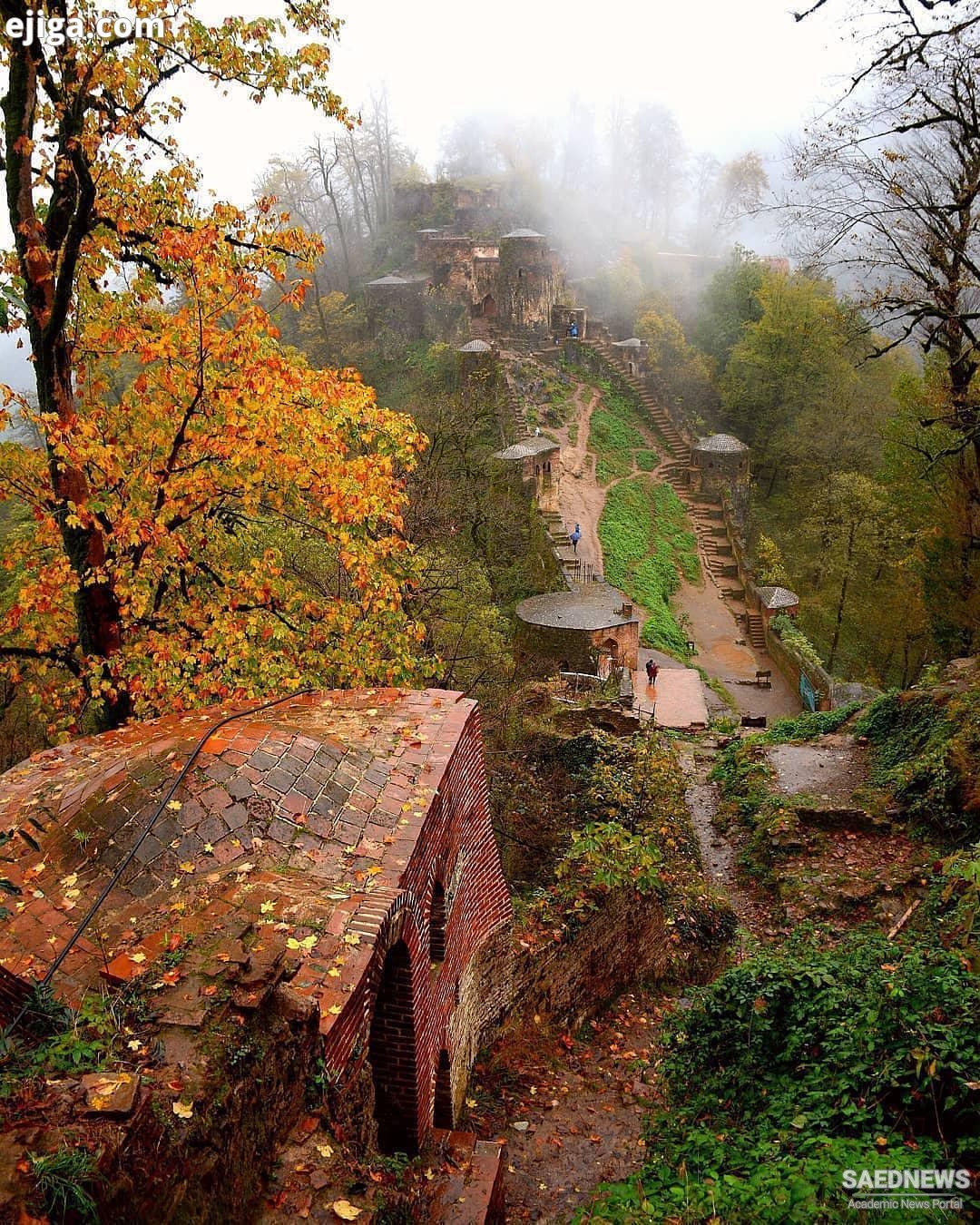Some historians considered the building time of the castle the Sasanian period coincided with the Arab invasion of Iran. The castle was rebuilt in the Seljuk period and has been one of the bases of Ismailis campaign.
On the entrance inscription of the castle, which is kept in the Rasht treasures museum, it is mentioned that the castle reconstructed for Sultan Hesamedin Amir Dabaj ibn Amir Alaeddin between 918 AD and 921 AD.

This castle has been constituted of two parts: Arg (place of the ruler and his Harem) on two floors in the western part of the castle and the eastern part of the armory (military activities and lives of soldiers) on two floors with numerous loopholes.
Castle walls with 1500 m length have 65 towers. The brick, stone, mortar and plaster are the materials used in this building. All around the walls and towers can be seen steep loopholes embedded for pouring lava and shooting. An interesting aspect in Rudkhan Castle architecture is the use of the ogee arches and different types of that and also brick and Chinese stone designs.
On the way to the towers, ladders and stunning nature have increased the charm of this historical place.


 Savadkuh the Green Paradise of North Iran
Savadkuh the Green Paradise of North Iran














































